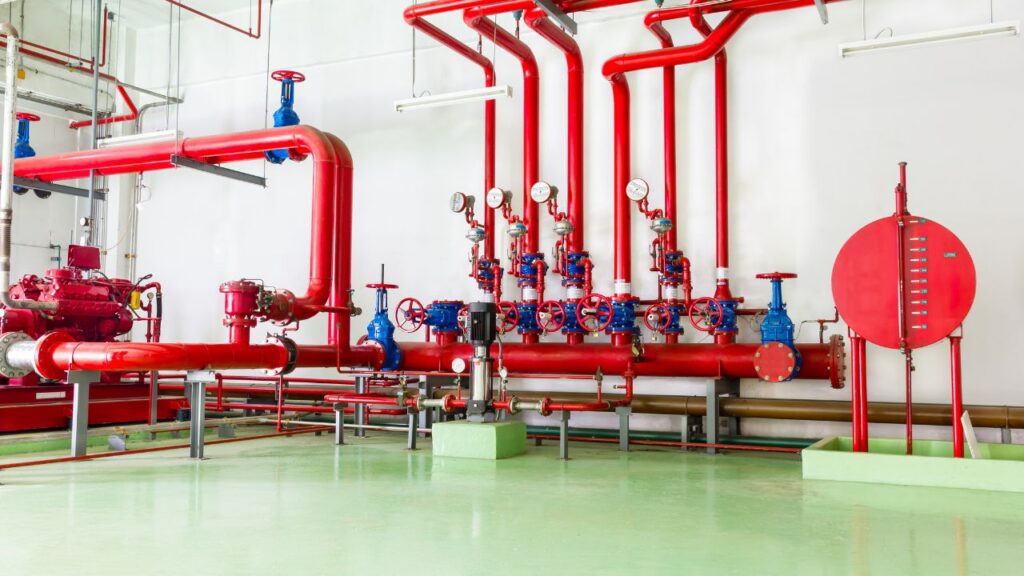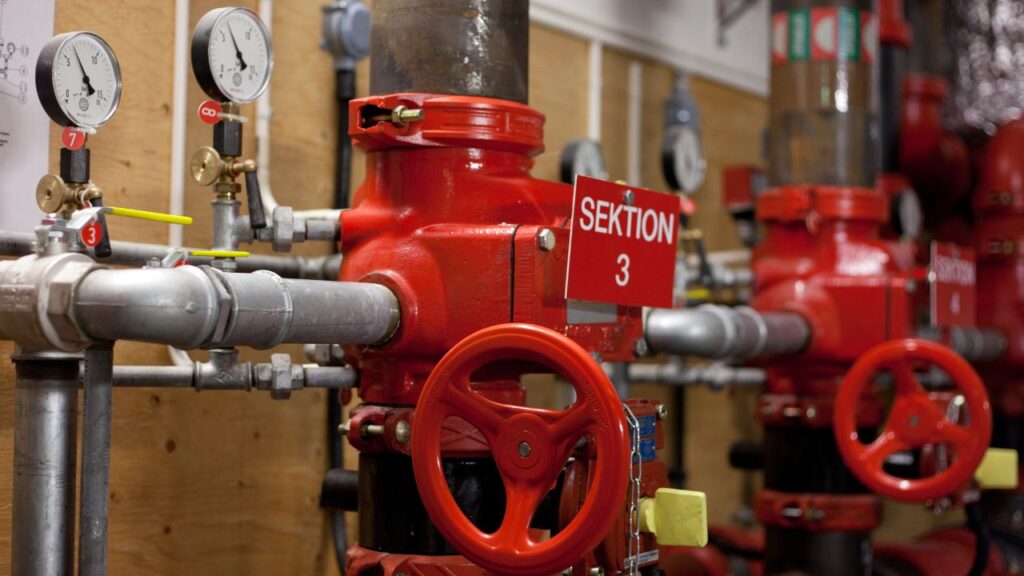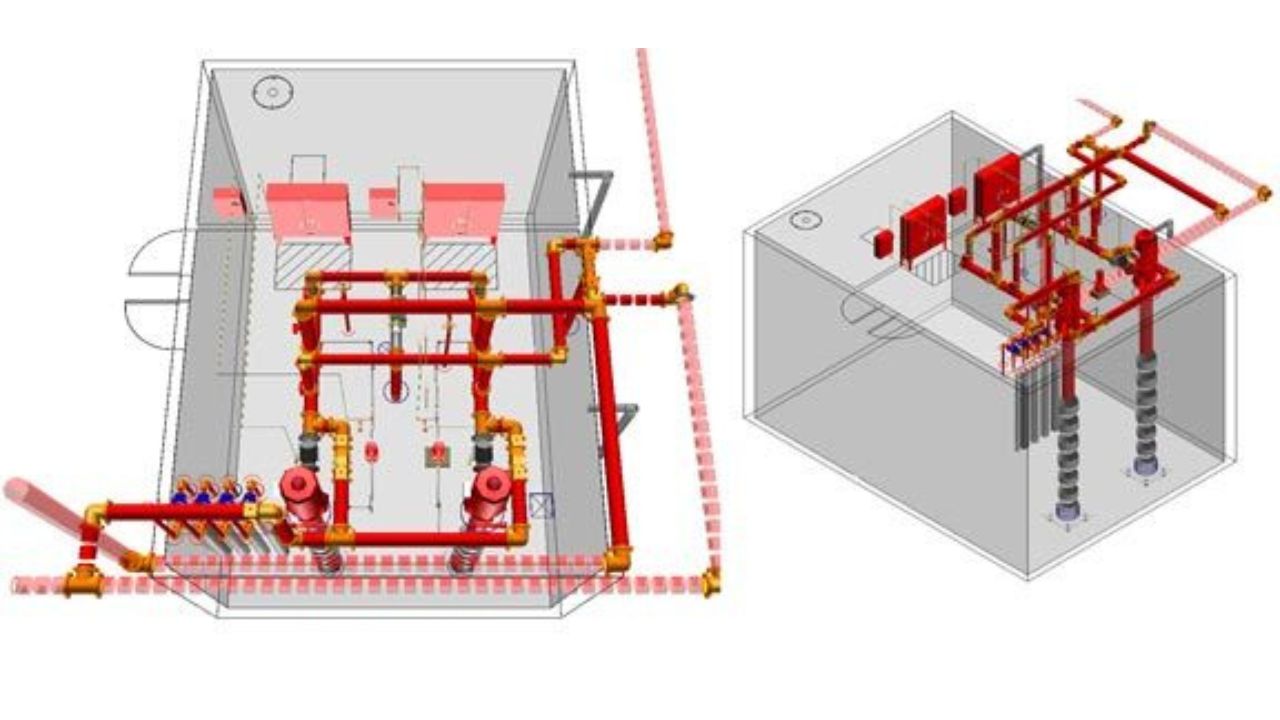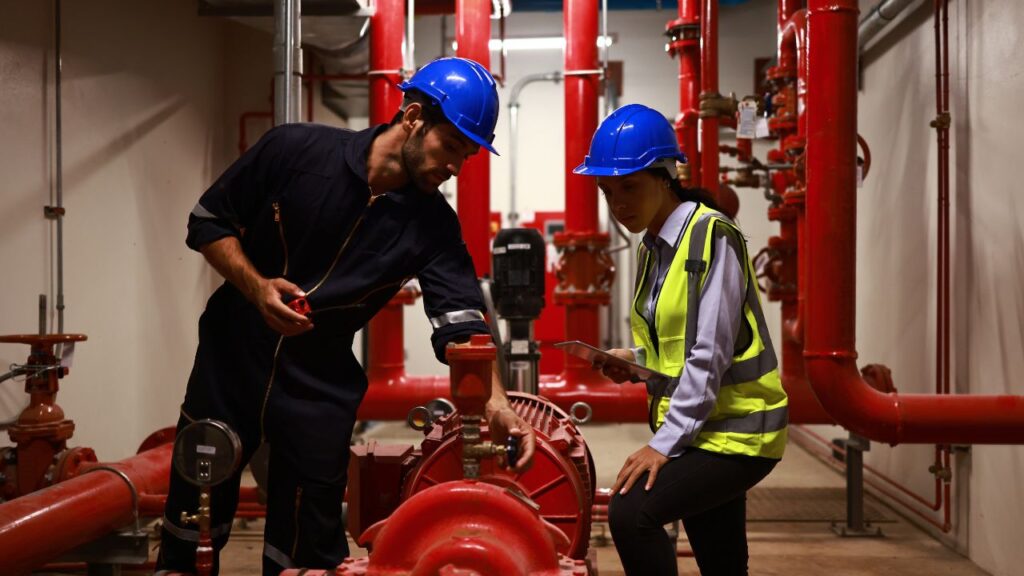Tap into Success – Zip Code Estimates for Fire Safety Excellence!
- Accurancy
- Efficiency
- Transparency
- Customization
- Time Saving
- Professionalism
- Cost Control

Ensuring the safety of communities is an ever-evolving responsibility, and one crucial aspect is the retrofitting of fire hydrant systems. Retrofitting involves the upgrading or modification of existing infrastructure to meet contemporary safety standards. This article delves into the multifaceted considerations and costs associated with retrofitting fire hydrant systems, emphasizing the pivotal role it plays in bolstering emergency response capabilities.
The crucial first step in any retrofitting endeavor is a comprehensive assessment of the existing fire hydrant system. This evaluation is not merely a cursory examination but a meticulous analysis aimed at identifying deficiencies and gauging the scope of necessary improvements. The complexity of this initial evaluation is a pivotal factor that significantly influences the overall cost of the retrofitting process. It involves a detailed examination of the system’s components, performance history, and adherence to safety standards.

The findings from this evaluation form the foundation upon which the subsequent retrofitting strategies are built, ensuring that the upgrades address specific shortcomings identified during this critical phase.

Fully Insured Licensed Hire a Contractor For Fire Safety
Get Contractor
Make Informed Design Decisions Showcase Your Design Ideas
Get RenderingRetrofitting fire hydrant systems is inherently tied to the imperative of adhering to updated safety regulations. A primary objective of this process is the seamless incorporation of new codes and regulations, ensuring that the retrofitted system complies with the latest local fire safety standards. The costs associated with regulatory compliance encompass not only the expenses related to understanding and implementing these new standards but also any necessary modifications or additions to the system to meet the heightened safety requirements. Failure to address regulatory compliance adequately can result in legal complications and, more importantly, compromise the effectiveness of the retrofitted fire hydrant system in serving its critical safety role within the community.
The infusion of modern technology is a pivotal consideration in the complex task of retrofitting fire hydrant systems. This facet involves the incorporation of innovative solutions, such as smart monitoring systems and advanced water distribution mechanisms, to enhance the overall efficiency and performance of the fire hydrant system. While the integration of technology may contribute to increased upfront costs, the long-term benefits are often substantial. Improved performance, quicker response times, and reduced maintenance expenses justify the investment in technology integration. Moreover, embracing technological advancements positions the retrofitted fire hydrant system at the forefront of contemporary safety infrastructure, ensuring its relevance and efficacy for years to come.
A significant determinant of retrofitting costs revolves around the strategic choice to upgrade materials within the fire hydrant system. Components that are outdated or prone to corrosion may necessitate replacement with durable and corrosion-resistant materials. While this decision may incur a higher initial investment, the long-term benefits are twofold. Firstly, the enhanced durability of upgraded materials contributes to the longevity of the fire hydrant system, reducing the frequency of replacements.

Secondly, the reduced maintenance costs associated with corrosion-resistant materials present a compelling case for considering this strategic upgrade. Thus, material upgrades are a critical aspect of ensuring the retrofitting efforts result in a resilient and cost-effective fire hydrant system.
The retrofitting process inherently involves adjustments to the existing infrastructure, making installation complexity a central consideration in determining overall expenses. Factors such as accessibility to components, the need for specialized equipment, and the intricacies of retrofitting tasks directly impact installation costs. Complexities arising from the retrofitting of an intricate fire hydrant system, including the integration of new technologies or the replacement of materials, can exert a substantial influence on the overall expenses associated with the project. A thorough understanding of the installation complexities is essential for accurate cost estimation and effective project management, ensuring that the retrofitting process is not only successful but also executed with precision and efficiency.
In the intricate process of retrofitting a fire hydrant system, the concept of prioritization emerges as a strategic cornerstone. By prioritizing critical components for immediate attention, a phased and systematic approach to retrofitting can be adopted. This careful prioritization is not merely a cost-saving measure but a nuanced strategy that addresses the most urgent safety concerns first. This approach acknowledges the dynamic nature of safety infrastructure, allowing costs to be spread over time while ensuring that the retrofitting efforts align with the evolving needs of the community. The result is a structured retrofitting plan that optimally allocates resources, enhancing the overall effectiveness and sustainability of the fire hydrant system.

Integrating modern technology into the retrofitting process requires a thorough evaluation of the return on investment (ROI). While the incorporation of technology may incur initial costs, a comprehensive analysis reveals its potential to provide substantial long-term benefits. Enhanced performance, improved response times, and reduced maintenance expenses are key components of the technology ROI. The upfront investment in technology integration transforms into a compelling justification as the retrofitted fire hydrant system stands poised to meet contemporary safety standards, ensuring its relevance and efficacy well into the future. The assessment of technology ROI is a critical aspect of decision-making, guiding stakeholders towards investments that yield enduring value and efficiency.
In the complex landscape of fire hydrant system retrofitting, collaboration with experienced engineers and consultants emerges as a paramount consideration. Engaging with these experts is not merely a formality but an essential step toward developing a cost-effective and comprehensive retrofitting plan. Their wealth of expertise enables a nuanced understanding of the specific needs and challenges posed by the existing fire hydrant system. These professionals guide the selection of optimal solutions, ensuring that retrofitting efforts are tailored to the unique characteristics of the infrastructure. Their involvement from the planning stage is instrumental in navigating complexities, optimizing costs, and ultimately, ensuring the successful implementation of a retrofitted fire hydrant system that meets the highest safety standards. The collaborative approach with experts is a strategic investment in knowledge and proficiency, contributing to the overall success and longevity of the retrofitting project.
The cost of retrofitting a residential fire sprinkler system, contingent on installation type and building size, is subject to variations. For a new-home, stand-alone installation, the expense can range from $1.20 to $1.50 per square foot, while a retrofit might incur costs ranging from $6 to $7.20 per square foot. On average, incorporating a sprinkler system into new construction comes at a cost of $1.20 to $2.40 per square foot of space. In the case of a retrofit for a fully finished building, the pricing may elevate to $2.40 to $8.40, with the average cost for a high-rise reaching $50.40.
Retrofitting fire hydrant systems is a multifaceted process crucial for enhancing community safety and emergency response capabilities. The factors influencing retrofit costs, including system evaluation, regulatory compliance, technology integration, material upgrades, and installation complexity, highlight the intricacies involved. Cost optimization strategies such as prioritization, assessing technology return on investment (ROI), and collaboration with experts contribute to the effectiveness and sustainability of the retrofitting project.
Moreover, the cost estimation for retrofitting a residential fire sprinkler system emphasizes the variations based on installation type and building size. These considerations underscore the importance of thorough planning and collaboration to ensure the successful implementation of a retrofitted fire hydrant system that meets the highest safety standards.
Retrofitting fire hydrant systems aims to upgrade or modify existing infrastructure to meet contemporary safety standards, enhancing community safety and emergency response capabilities.
A thorough system evaluation is pivotal in identifying deficiencies and determining necessary improvements. It forms the basis for retrofitting strategies, ensuring upgrades effectively address specific shortcomings.
Adhering to updated safety regulations is a primary objective of retrofitting. Costs associated with compliance include understanding and implementing new codes, ensuring the retrofitted system aligns with the latest local fire safety standards.
Technology integration, incorporating smart monitoring systems and advanced water distribution mechanisms, enhances efficiency and performance. While upfront costs may increase, the long-term benefits, such as improved response times and reduced maintenance expenses, justify the investment.
Upgrading materials, especially those prone to corrosion, enhances the system’s durability. This reduces the frequency of replacements and lowers maintenance costs, making it a strategic move for long-term cost-effectiveness.
Engaging with experienced engineers and consultants is crucial for developing a cost-effective plan. Their expertise guides the selection of optimal solutions, ensuring that retrofitting efforts are tailored to the unique characteristics of the infrastructure, ultimately contributing to project success.
Here I am going to share some steps to get your fire hydrant system repair cost estimate report.
You can send us your plan on info@estimatorflorida.com
Before starting your project, we send you a quote for your service. That quote will have detailed information about your project. Here you will get information about the size, difficulty, complexity and bid date when determining pricing.
Our team will takeoff and estimate your project. When we deliver you’ll receive a PDF and an Excel file of your estimate. We can also offer construction lead generation services for the jobs you’d like to pursue further.



561-530-2845
info@estimatorflorida.com
Address
5245 Wiles Rd Apt 3-102 St. Pete Beach, FL 33073 United States
561-530-2845
info@estimatorflorida.com
Address
5245 Wiles Rd Apt 3-102 St. Pete Beach, FL 33073 United States
All copyright © Reserved | Designed By V Marketing Media | Disclaimer